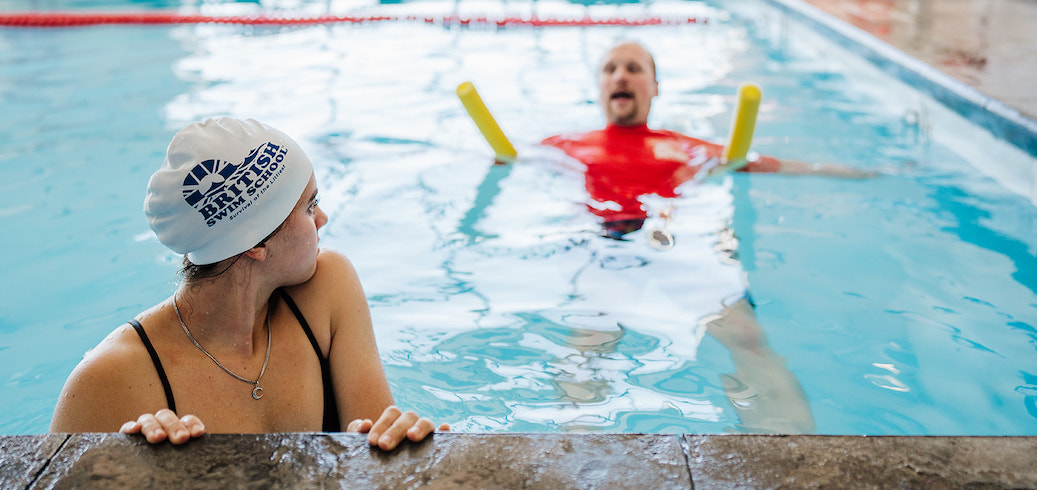
Drowning is a serious concern, and while it is widely known that children between the ages of 1 and 4 are at the highest risk, the statistics around adolescent drownings often go unnoticed. According to the American Academy of Pediatrics, adolescents aged 15-19 have the second highest fatal drowning rate among all age groups. The drowning rate actually rises for children beginning around age 10. This information highlights the urgent need to address water safety for young adults. To combat this issue, it is essential that we prioritize improving their access to swimming lessons and providing them with comprehensive water safety education. By focusing on this often-overlooked group, we can effectively reduce the drowning rate and ensure their well-being.
Many swim schools cater primarily to young children, often neglecting the needs of young adults when it comes to learning how to swim. While the lessons may not involve singing songs or chasing colorful toys around the pool, the fundamental skills taught in swimming lessons are equally applicable and beneficial to young adults. Adolescents who haven’t learned to swim not only face safety risks in and around the water, but may also experience a sense of exclusion or missed opportunities when it comes to water-related activities, such as joining friends at the beach or participating in water sports. Recognizing the importance of addressing this gap, it is crucial for swim schools and instructors to extend their focus to include teenagers, providing them with the necessary instruction and support to become competent swimmers.
Learning how to swim has numerous positive impacts on young adults that extend beyond water safety. Acquiring this valuable skill can significantly boost adolescents’ self-confidence. As they overcome fears, develop new abilities, and gain mastery over their movements in the water, young adults experience a sense of empowerment and accomplishment. This newfound confidence often extends to other areas of their lives, leading to improved self-esteem and autonomy. Additionally, swimming serves as a form of exercise and physical activity, contributing to better overall health and fitness. Regular swimming sessions help young adults build endurance, strengthen their muscles, and enhance cardiovascular health. Swimming has been known to have a positive impact on mental health, reducing stress levels and promoting relaxation. The serene and immersive nature of swimming can provide teenagers with a much-needed respite from the demands of their daily lives, fostering a sense of calm and mental well-being.
British Swim School aims to improve independence and quality of life for adolescents through the launch of its Young Adult swim program. Swim instructors receive specialized training that encourages a youth-centered, supportive, and safe environment, allowing them to take traditional British Swim School methods and apply them to the exact needs of this age group. Our Young Adult group lessons allow swimmers to learn with peers and gain the confidence to overcome barriers to safely and happily enjoying the water.
It’s never too late to learn the lifesaving skill of swimming. If you or your young adult would like to learn more about how to begin the journey to water safety, visit britishswimschool.com today to find a pool near you.





